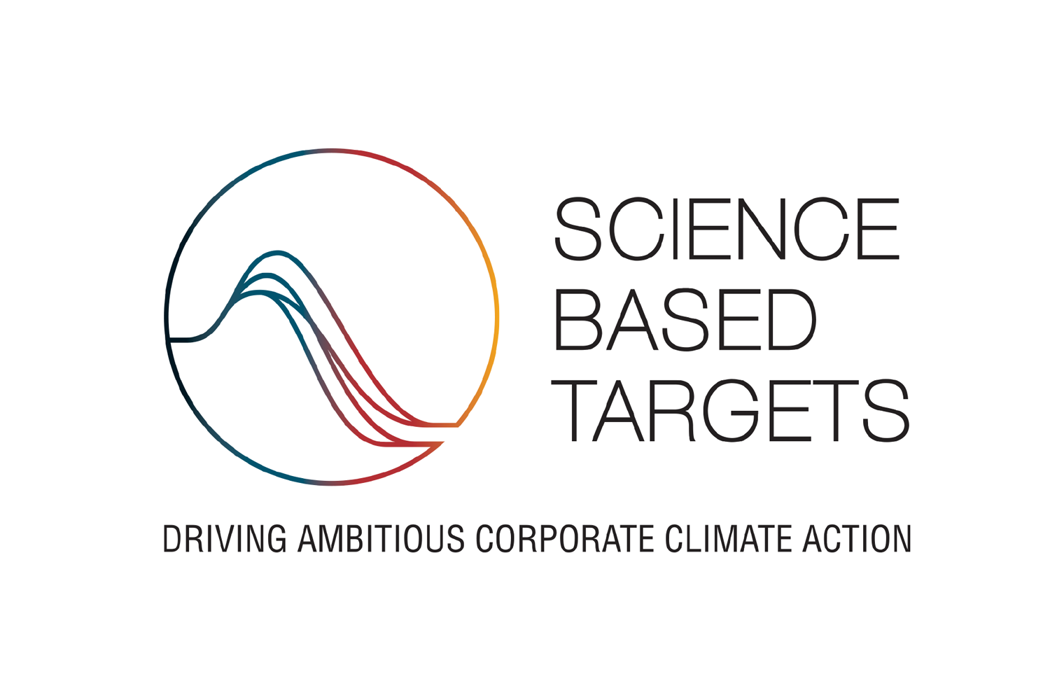
As early adpoters of Science Based Targets, in 2020 we committed to reduce our emissions on scopes 1, 2 and 3.
This pillar of RoadMap 2025 is primarily focused on reducing our greenhouse gas (GHG) emissions. To do this, we utilise science-based targets to set our ambitions for reducing emissions through energy efficiency programs and sustainable ingredient sourcing, incorporating lifecycle assessment methodologies as well as utilising new ingredients.
We also address the responsible use of natural resources, biodiversity and ecosystems in compound feed ingredients. In this section, we will discuss the dilemmas, the opportunities and the partnerships we have in place to ensure we can reach our ambitious targets.
23% increase (explanation and disclosure in following pages)
16% increase (explanation and disclosure in following pages)
54.7% of electricity is renewable, increasing from more than 40% in 2021

As early adpoters of Science Based Targets, in 2020 we committed to reduce our emissions on scopes 1, 2 and 3.
The following tables present, for the first time, the carbon footprint numbers for our scope 1 & 2 and 3 emissions from 2018 to 2022. The tables also show the carbon footprint numbers for the two largest business units (BUs) - salmon and Latin America.
Looking at total carbon footprint first, we see that the absolute carbon footprint over all three scopes has increased over the past years. However, the specific carbon footprint per tonne of feed produced has decreased by approximately 5%. This means that efficiency has increased while, mainly due to increase in production, these gains are being outcompeted by business growth in absolute terms. This is a dilemma, because a reduction to our product footprint numbers needs to be achieved but in addition, a decoupling of growth from impact needs to be realised to bring the absolute footprint down.
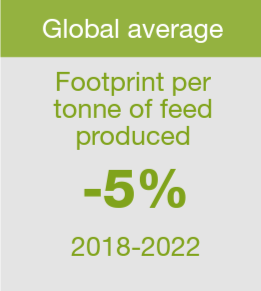
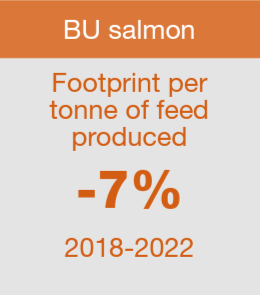
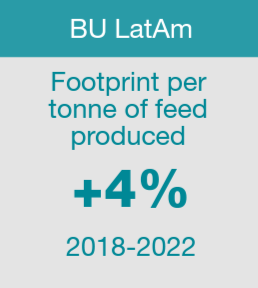
When we examine our business units with highest production and as highest contributors to our carbon footprint, we see different developments. In our salmon business, both the absolute (ktonne CO2e) and relative carbon footprints (tonne CO2e/tonne feed produced) have reduced significantly over all three scopes between 2018 and 2022. This is a very positive direction that we need to continue in the years to come. While part of this reduction is due to a slight reduction in volumes, it shows a significant reduction effect, for example caused by different raw material sourcing (scope 3) and increased energy efficiency (scope 1 and 2).
In Latin America, the numbers look different. Due to significant business growth in Ecuador, the feed volumes increased driving the increase to our carbon footprint numbers. The increase is mainly caused by this volume growth, given the specific carbon footprint per tonne of feed produced increased by only 4% over the same time period. This growth also causes the overall increase of the absolute carbon footprint for Skretting as a whole.
We need to actively address the dilemma outlined and find solutions to decouple growth and impact.
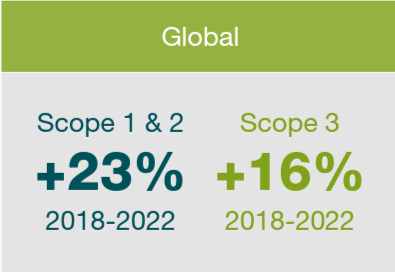
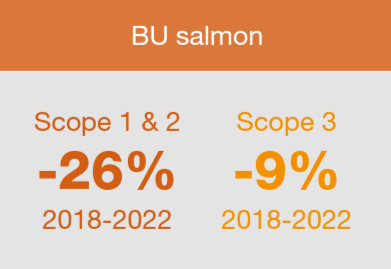
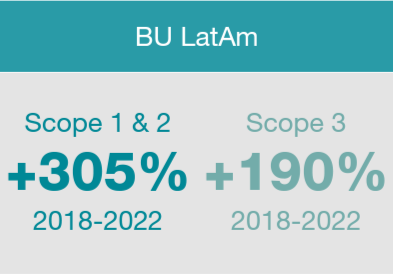

Despite numerous hurdles over the past year, Skretting managed to keep a focus on energy efficiency activities and CO2e reduction. Since 2018 our mature OpCos, like BU Salmon (Australia, Canada, Chile and Norway) and BU Southern Europe (France, Italy, Spain and Turkey), made significant reduction in CO2 emissions and energy (both specific and absolute terms).